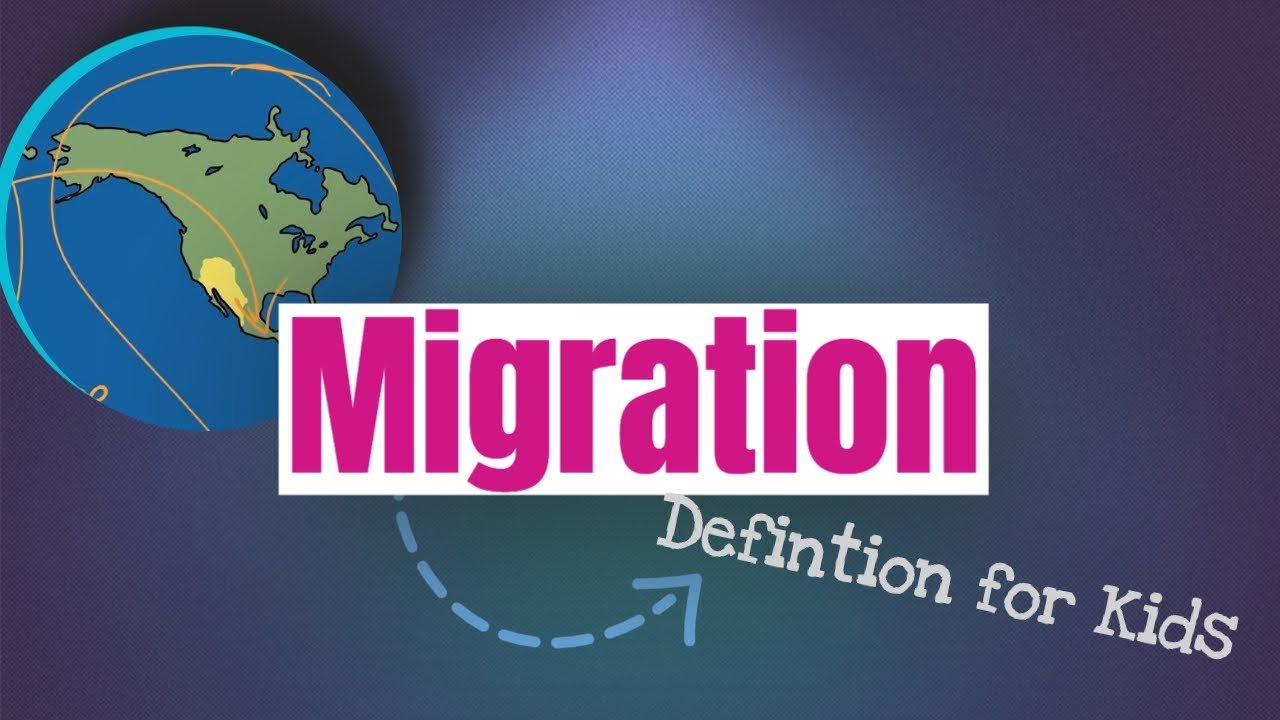Mercantilism
Lesson Plan: Introduction to Mercantilism
Objective:
To introduce students to the concept of mercantilism, an economic system from the past.
To help students understand the basic principles and goals of mercantilism.
To engage students in a simple activity to reinforce their understanding of mercantilism.
Materials:
Whiteboard and markers
Pictures or diagrams illustrating trade and mercantilism (optional)
Blank sheets of paper
Colored pencils, crayons, or markers
Coins or play money (optional for activity)
Introduction (10 minutes):
Begin by asking the students if they've ever heard of the word "mercantilism" or "merchant." Write down their ideas on the whiteboard.
Explain that today, they will learn about a historical economic system called "mercantilism" and what it meant for countries in the past.
Discussion (15 minutes):
Define mercantilism as an economic theory that was popular in Europe from the 16th to the 18th century.
Discuss the basic principles of mercantilism:
The belief that a country's wealth and power were determined by the amount of gold and silver it possessed.
The idea that a country should export (sell) more goods to other countries than it imports (buys) in order to accumulate wealth.
The role of colonial territories in providing raw materials and serving as markets for the mother country's products.
Explain that during this time, countries often competed with each other to gain more colonies and control over trade routes.
Use pictures or diagrams to illustrate the concept of trade and mercantilism (optional).
Activity (20-25 minutes):
Provide each student with a blank sheet of paper and art supplies (colored pencils, crayons, markers).
Ask them to imagine they are living in a mercantilist country and draw a picture of what their life might be like.
Encourage them to include aspects like trading goods, using coins, and showing the importance of colonial territories.
Optionally, distribute some coins or play money to students and ask them to pretend they are involved in trade by buying and selling goods.
Conclusion (5 minutes):
Summarize the key points about mercantilism:
Mercantilism was an economic theory based on accumulating wealth, often through trade and the control of colonies.
Countries competed to export more than they imported to gain gold and silver.
Ask students if they have any questions or if they'd like to share what they've learned.
Wrap-up (5 minutes):
Have a brief class discussion to recap what the students have learned about mercantilism and its impact on countries in the past.
Encourage students to think about how the world's economic systems have changed over time.
Homework (Optional):
If desired, assign a short homework task, such as asking students to research and write a paragraph about a specific historical event or country that was influenced by mercantilism.
Assessment:
Assess students' understanding through class discussion, their participation in the activity, and their ability to summarize key points about mercantilism during the conclusion.






